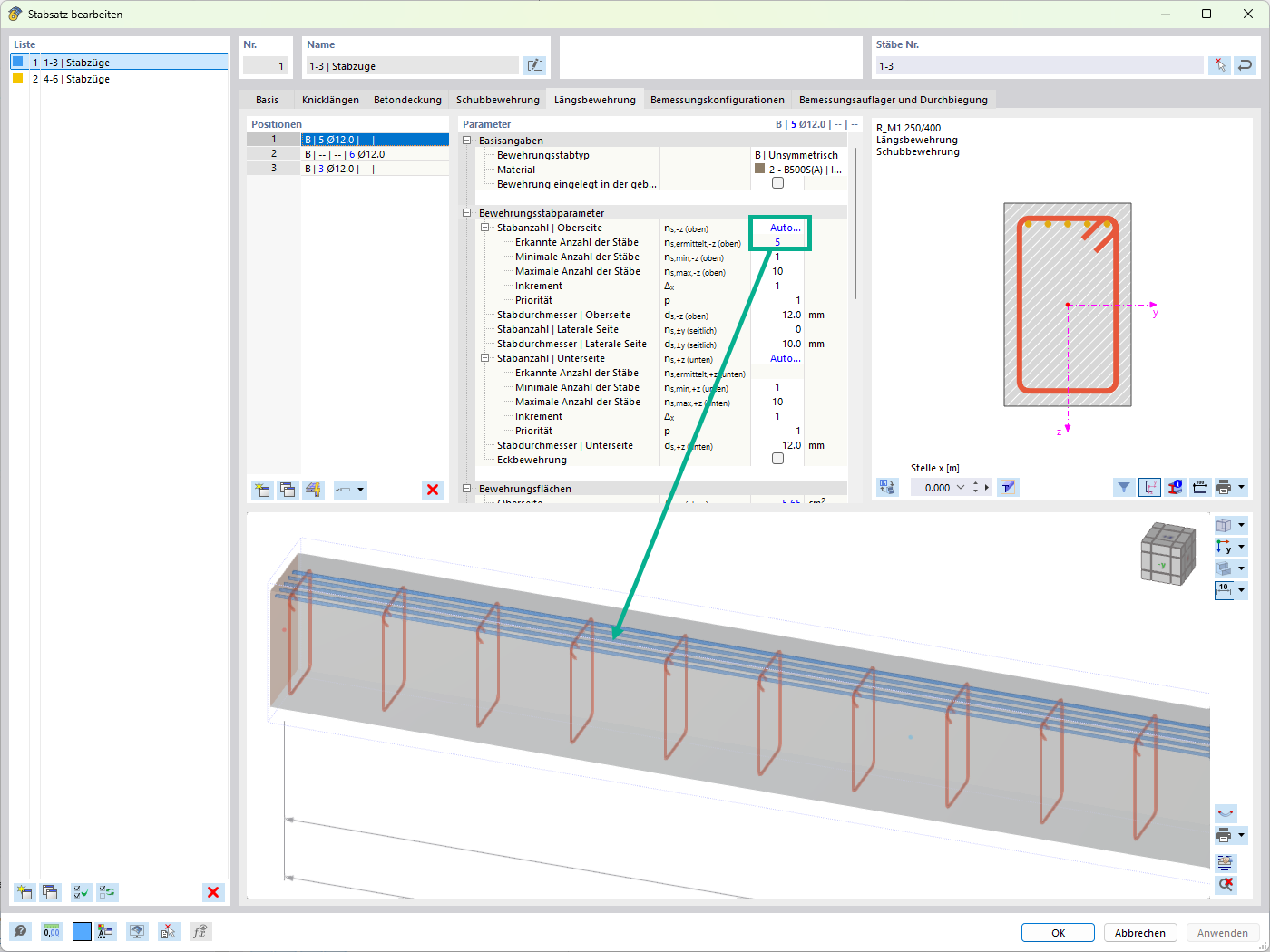RFEM is a finite element analysis software that allows you to create various kinds of structural models and to design them. With the release of version 6.xx, the concept has been revised for improved data management and an integrated concept of the design. You can now benefit from the enhanced features and reworked arrangement of the model and load objects, as well as of the result and design data.
The tutorial consists of several parts: "Structural Analysis", "Concrete Design", "Steel Design", "Steel Joints", and "Dynamic Analysis". In Part 1, a structural analysis of the model was carried out to determine the internal forces and deformations of various load cases and combinations. In Part 2, the concrete objects were designed. While Part 3 covered the general design of a steel platform, Part 4 now deals with the design of its connections.
Part 4 guides you through the design of the platform girder connections. You will learn how to define each steel joint by means of a modular system of parameters. Before carrying out the design, you will classify the connections according to their stiffnesses Sj,ini and determine the rotational capacity, which will make it necessary to adjust the model accordingly. After that, you will perform the stress-strain analysis of the steel joints and check the "Substitute Steel Joint FE Model" that the program creates in the background.
This tutorial demonstrates a general workflow. As the internal forces and stresses of the IPE 200 section representing the platform are rather small, basic types of joints will be sufficient to connect the platform girders to the frame girder.
Eurocodes with the CEN settings are used as standards. Furthermore, metric units are used in this tutorial. You can find a similar tutorial covering the U.S. conventions at our American Website.
The Trial Version of the software allows you to use all functions for working on the model. Once the trial period expires, the demo mode will be applied: The data concerning the design only allow for specific settings, such as a limited number of members and surfaces. This means that the design of the model can no longer be carried out as described.
















































_1.jpg?mw=350&hash=ab2086621f4e50c8c8fb8f3c211a22bc246e0552)


-querkraft-hertha-hurnaus.jpg?mw=350&hash=3306957537863c7a7dc17160e2ced5806b35a7fb)


